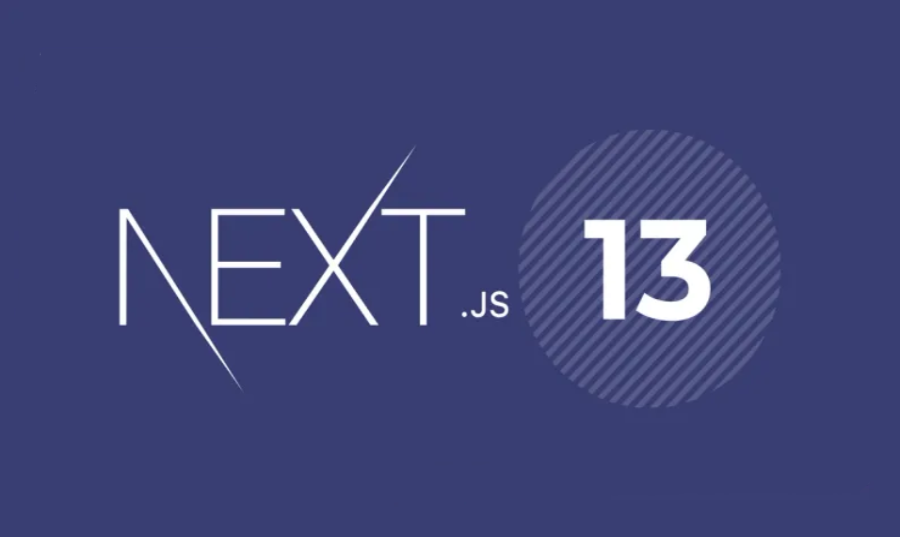Latest Technologies in Website Development: Enhancing User Experiences and Performance
- 10 Sep. 2023
- 5 min read
In the fast-paced world of website development, staying ahead of the curve is crucial. The year 2023 brings with it a host of innovative technologies that are set to reshape the way websites are created and experienced. In this comprehensive guide, we'll explore the latest advancements in website development and how they are poised to elevate user experiences while improving performance.
Progressive Web Apps (PWAs): Transforming Web Experiences
Progressive Web Apps, or PWAs, are a hot topic in the world of web development. They represent a powerful fusion of web and mobile app capabilities, offering users fast-loading, offline-capable web applications that rival the experience of native mobile apps.
PWAs offer several key benefits:
Offline Functionality :PWAs can work seamlessly even when there's limited or no network connectivity, providing uninterrupted access to content.
Speedy Performance :They load quickly, ensuring that users can access content and interact with the application almost instantly.
Cross-Platform Compatibility:PWAs are designed to work flawlessly on various devices and platforms, making them highly versatile.
Enhanced SEO :Search engines index PWAs, potentially improving a website's search rankings.
Jamstack Architecture: The Rise of Decoupled Development
Jamstack, short for JavaScript, APIs, and Markup, is an innovative approach to web development that decouples the front end from the back end. It relies on pre-rendered pages and APIs to deliver fast, secure, and scalable websites.
Jamstack offers a range of advantages:
Improved Performance :Pre-rendered pages result in exceptionally fast loading times, enhancing the user experience.
Enhanced Security :With no server-side code execution, the attack surface is reduced, making Jamstack sites more secure.
Scalability :Scaling is simplified as server loads are minimal, making it easier to handle traffic spikes.
Content Management Flexibility :Jamstack can integrate with various content management systems (CMS) and headless CMS options, providing content creators with a familiar interface.
Serverless Computing: Coding Without Servers
Serverless computing is a paradigm shift that enables developers to focus solely on writing code without the need to manage servers. It offers automatic scaling and cost-efficiency.
Key advantages of serverless computing:
Cost Savings :Pre-rendered pages result in exceptionally fast loading times, enhancing the user experience.
Auto-Scaling :Serverless platforms automatically scale based on traffic and demand, ensuring optimal performance.
Simplified Development :Developers can concentrate on coding, with no concern about server management.
Enhanced Reliability :Serverless platforms often offer built-in redundancy and failover capabilities.
Single Page Applications (SPAs): Responsive and Dynamic Experiences
Single Page Applications (SPAs) have been a prominent trend for a while, and they continue to evolve. SPAs load a single HTML page and dynamically update content as users interact with the site.
Notable features of SPAs:
Smooth User Experience :SPAs offer rapid, responsive interactions, making them a preferred choice for applications requiring real-time updates.
Reduced Server Load :They minimize the need for frequent server requests, improving performance.
Frameworks :SSPAs are often built using frameworks like React, Angular, and Vue.js, which facilitate the development process.
Client-Side Routing :SPAs handle client-side routing efficiently, providing seamless transitions between views.
WebAssembly (Wasm): Fast and Powerful Web Execution
WebAssembly (Wasm) is a binary instruction format designed for web browsers. It enables high-performance execution of code written in multiple programming languages directly in the browser.
The impact of WebAssembly:
Speed :WebAssembly allows for faster execution, making web applications more responsive and capable of handling complex tasks.
Language Flexibility :Developers can use languages like C, C++, Rust, and others for web development, opening up new possibilities.
Security :WebAssembly runs in a secure and sandboxed environment, preventing malicious code execution.
Headless CMS: Decoupling Content and Presentation
Headless Content Management Systems (CMS) have gained popularity for their ability to decouple the content management backend from the front-end presentation layer. This architecture offers greater flexibility and scalability.
Advantages of Headless CMS:
Content Reusability :Easily deliver content to multiple platforms, such as web, mobile, and IoT devices, while maintaining consistency.
Developer-Friendly :Developers have the freedom to choose the front-end technologies that best suit their project.
Scalability :Headless CMS systems are capable of handling high traffic loads and integrating with other services as needed.
Web Components: Customizable and Reusable Elements
Web Components are a set of web platform APIs that enable developers to create custom, reusable HTML elements. They encapsulate styles and scripts, promoting reusability and maintainability.
The benefits of Web Components:
Reusability :Developers can create custom HTML elements that can be reused across different projects and web applications.
Isolation :Styles and scripts within Web Components are encapsulated, preventing conflicts with other elements on the page.
Interoperability :Web Components work seamlessly with any JavaScript framework or library, providing flexibility.
Browser Support :Web Components are increasingly supported by modern browsers, making them a viable option for web development.
Motion UI and Animations: Engaging User Experiences
Motion UI and animations have become essential elements in modern web development. They range from subtle micro-interactions to immersive animations, enhancing user engagement and aesthetics.
The impact of Motion UI:
Engagement :Animations capture user attention and make websites more memorable.
Storytelling :Animations can tell a visual story, guiding users through content and providing context.
Brand Identity :Unique animations can reinforce brand identity, creating a cohesive online presence.
User Feedback :Visual cues and animations provide immediate feedback on user interactions, enhancing the overall user experience.


Summary
The latest technologies in website development are poised to transform the way websites are created and experienced. From Progressive Web Apps (PWAs) to WebAssembly (Wasm), these technologies are set to enhance user experiences while improving performance. By leveraging these technologies, businesses can stay ahead of the curve and deliver exceptional web experiences.

Revolutionizing Web Development with AI

Latest Technologies in Website Development

Unlocking Nextjs Potential

Accelerate Your Website
Categories
Tags
Contact us
Get in touch with us to explore how we can help you achieve your goals.
Send